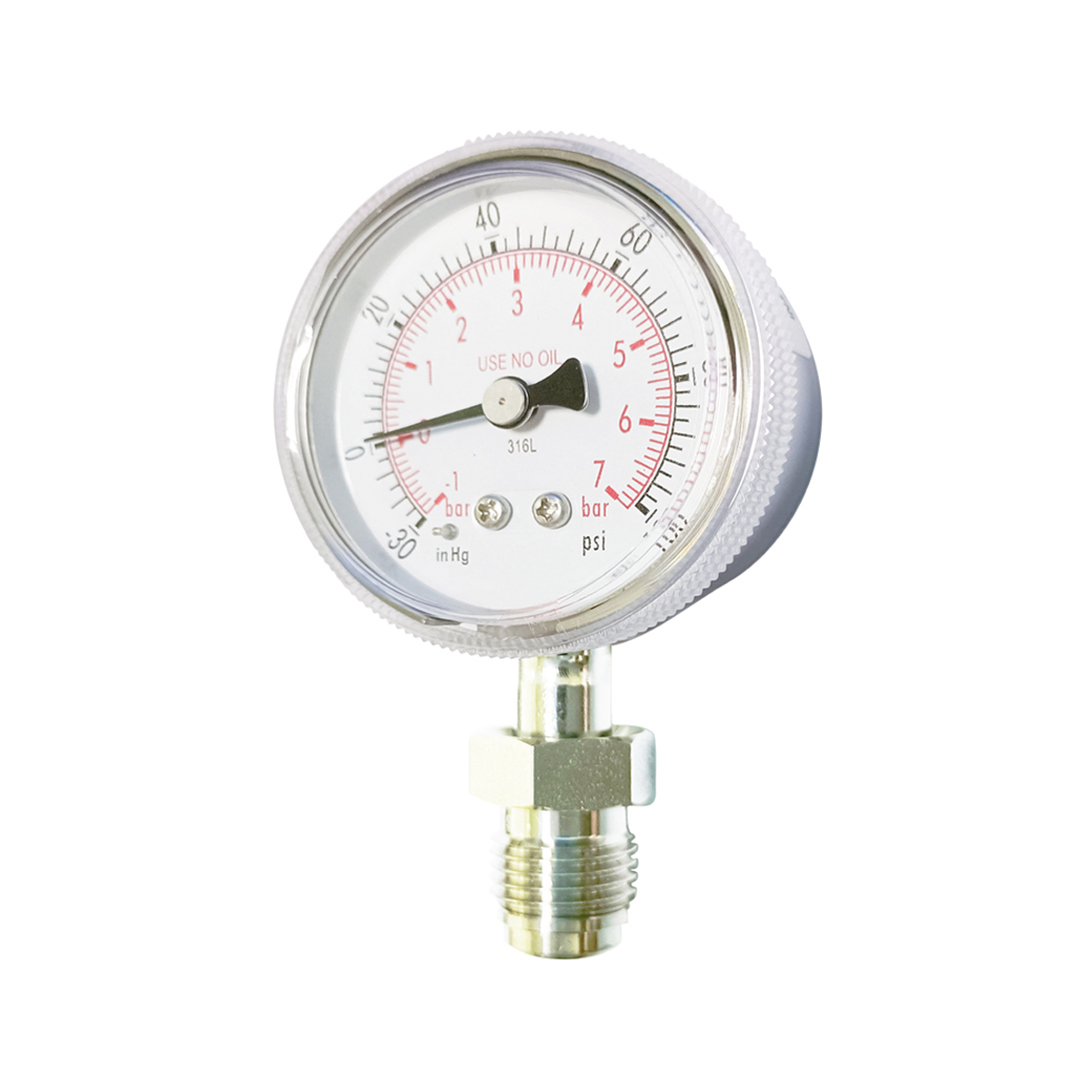
Οκτ . 02, 2024 11:52 Back to list
Understanding Diaphragm Type Pressure Gauges and Their Applications in Various Industries
Diaphragm Type Pressure Gauges Service, Applications, and Advantages
In various industrial processes, precise measurement of pressure is crucial to ensure safety, performance, and efficiency. Among the myriad of pressure measurement devices available, diaphragm type pressure gauges stand out due to their reliability, versatility, and accuracy. This article explores the service of diaphragm type pressure gauges, their applications, and the advantages they offer.
What is a Diaphragm Type Pressure Gauge?
A diaphragm type pressure gauge operates using a flexible, elastic diaphragm that deflects in response to changes in pressure. When the internal pressure increases, the diaphragm bends, and this movement is translated into a pointer movement on the gauge dial, indicating the pressure level. The diaphragm can be constructed from various materials, such as stainless steel, bronze, or elastomers, making these gauges suitable for different environments and applications.
Service and Maintenance
While diaphragm type pressure gauges are generally low-maintenance, periodic service is essential to ensure their optimal performance over time. Regular calibration is crucial to maintain accuracy, as even minor discrepancies can lead to significant issues in sensitive processes.
1. Calibration It is recommended to calibrate the gauge at regular intervals or before critical operations. This can be performed using a reference gauge that is known to be accurate.
2. Inspection Routine inspections should be conducted to check for any physical damage, leaks, or signs of corrosion. The connecting fittings, seals, and the diaphragm should be inspected for signs of wear or deterioration.
3. Cleaning Depending on the application, the gauge may need to be cleaned to remove debris or contaminants that could affect performance. Care should be taken to use appropriate cleaning agents that do not harm the gauge materials.
4. Environmental Considerations Diaphragm gauges should be protected from adverse environmental conditions, such as extreme temperatures and aggressive chemical exposure. Using appropriate protective cases or installing the gauge in a suitable location can enhance its longevity.
Applications of Diaphragm Type Pressure Gauges
Diaphragm type pressure gauges find applications across many sectors due to their adaptability. Some of the primary domains include
diaphragm type pressure gauges service

2. Chemical Processing Essential for managing and controlling pressure levels in reactors, distillation columns, and other chemical processing equipment.
3. Food and Beverage These gauges help maintain proper pressures in production systems while adhering to sanitary regulations, ensuring product safety and quality.
4. Water and Wastewater Treatment They are used to monitor pressure in pumps and pipelines, helping manage the distribution of water.
5. Pharmaceuticals Ensuring precise pressure measurement is crucial in manufacturing environments where maintaining sterile conditions is paramount.
Advantages of Diaphragm Type Pressure Gauges
1. Accuracy One of the key advantages of diaphragm type gauges is their high accuracy, which is critical for processes that require meticulous control.
2. Versatility With various materials available for the diaphragm, these gauges can be used in a broad range of applications, including corrosive environments.
3. Compact Size Diaphragm gauges are typically more compact than other types of pressure measurement devices, making them easier to install in confined spaces.
4. Immediate Response The design of diaphragm gauges allows for a quick response to pressure changes, providing real-time readings that are vital in dynamic environments.
5. Low Maintenance When properly maintained, diaphragm type pressure gauges require minimal service, which reduces operational downtime and costs.
Conclusion
Diaphragm type pressure gauges serve as an essential tool in the measurement of pressure across a wide array of industries. Their accuracy, versatility, and low-maintenance requirements make them a preferred choice for many applications. By understanding the importance of service and regular maintenance, users can ensure that these gauges perform optimally, contributing to the efficiency and safety of their operations. With continuous advancements in technology, the reliability and performance of diaphragm type pressure gauges are expected to improve even further, solidifying their role in industrial pressure measurement.
-
Bourdon-Type Differential Pressure Gauges High Accuracy & Affordable Pricing
NewsMay.22,2025
-
Vacuum Differential Pressure Gauges High-Precision Solutions & Quotes
NewsMay.22,2025
-
Durable Diaphragm Pressure Elements High Accuracy & Custom Quotes
NewsMay.22,2025
-
AG Precision Pressure Gauges High Accuracy & Global Exporters
NewsMay.21,2025
-
Ashcroft Diaphragm Pressure Gauges Precision & Durability
NewsMay.21,2025
-
Micro Differential Pressure Gauges High-Precision & Compact Solutions
NewsMay.20,2025
